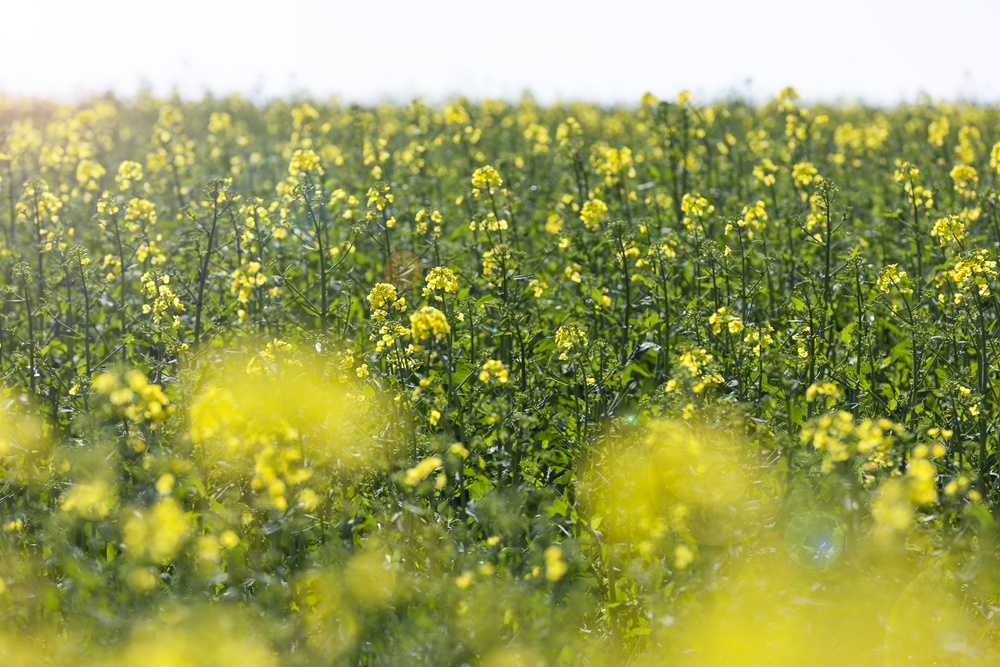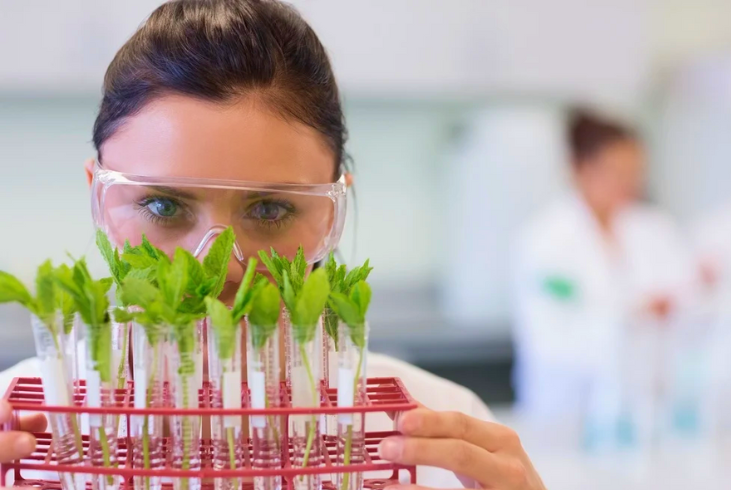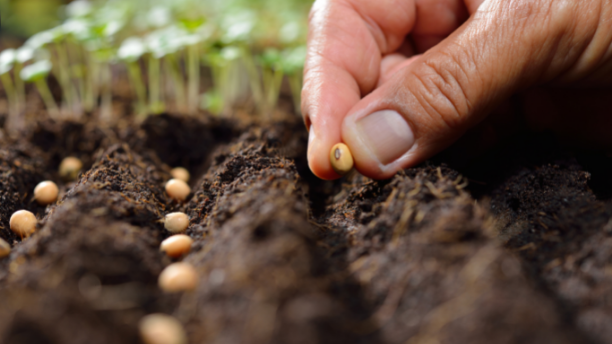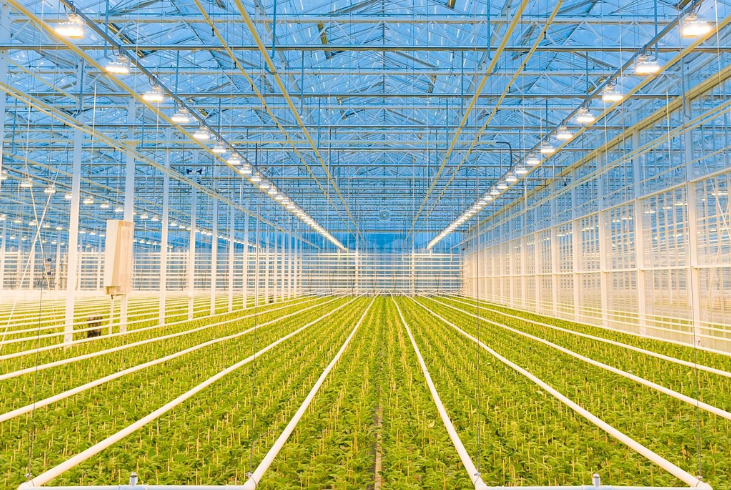Dutch seed business – from allotment to high-tech Seed Valley

Ever wondered how a relative small country like the Netherlands has grown to one of the world’s leading players in seed breeding and export?
When I started working in the seed industry I was amazed by this (for me unknown) part of the business of Dutch agriculture. One kg of hybrid tomato seed is twice the value of gold? How is it possible that one tomato plant gives 150 kg of tomatoes in a season? Look inside a seed and predict the germination by X-ray? Counting hundreds of seeds per second into final packages with CCD technology?
The Dutch history of commercial seed breeding
The Dutch history of commercial seed breeding goes back to the 17th century in West-Friesland, located in the North of the Netherlands. This part of the country, roughly between Enkhuizen and Warmenhuizen, had the most suitable soil for growing cabbage. People started to grow vegetables on ‘allotments’ (public gardens).
It was also here where the Dutch traders united in the VOC and started to sell (and import!) goods to all over the world. They brought new vegetable varieties back from the countries they visited. In the 18th century, members of 2 families active in breeding, founded the company Sluis & Groot, nowadays part of the company Syngenta. Other successful, still family owned companies that were founded in the late 19th century are Bejo and Enza.
'Seed Valley'
It was here where the foundation was formed for the current ‘Seed Valley’, an area with tens of leading seed breeding companies. The similarity with ‘Silicon Valley’ is clear, so called green software is being developed here: the genetic programming that determines how vegetables taste, the color and size of a flower, and a plant’s level of resistance to diseases.
One can imagine that innovation plays a big role for these companies that do plant breeding, seed multiplication, cleaning, drying, priming, coating, packaging and final dispatch to customers. The logistics are very complex: after years of breeding and selection, the basic seed of parent lines is shipped to the multiplication locations worldwide. After harvesting and rough cleaning the seeds of all locations are shipped back to the Netherlands where they are processed, packed and dispatched to customers worldwide.
Technology to produce seed more efficient
Dutch technology suppliers like Incotec and Seed Processing Holland, have successfully implemented ways to make things more efficient. Xray to upgrade seed lots by selecting out the ones that are not going to germinate; priming seeds for fast germination, application of a film coating to prevent diseases? It is all possible these days.
In addition to this, the importance of data management in seed production and crop management is high. The availability of correct crop data at the right location for the right person is crucial to efficiently plan and execute seed multiplication. Mprise Agriware offers software technology, including mobile apps, to manage these processes.
Green- and conventional software; both are needed at the start of the food chain!








